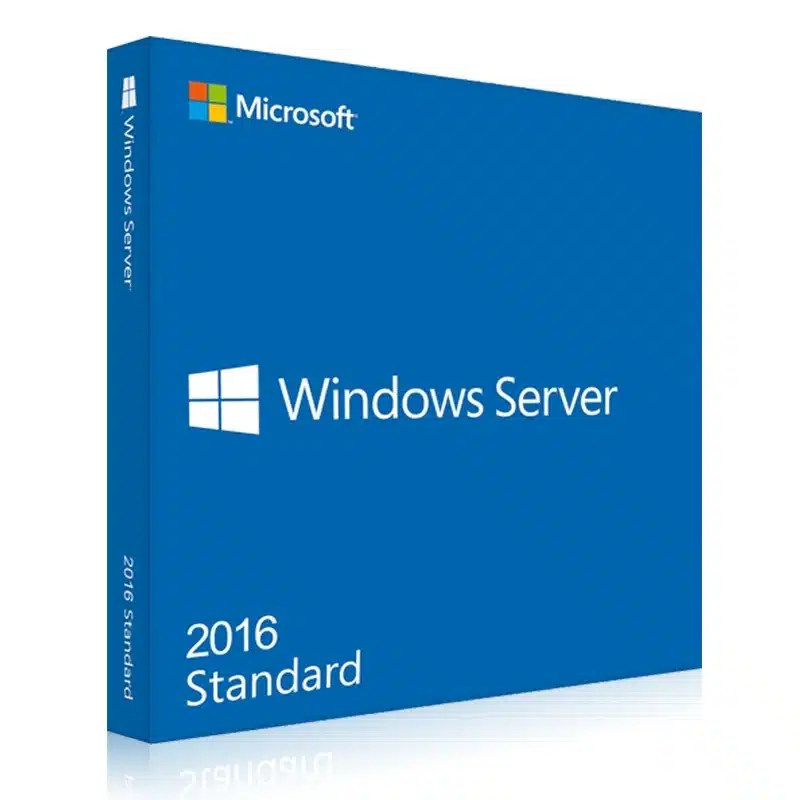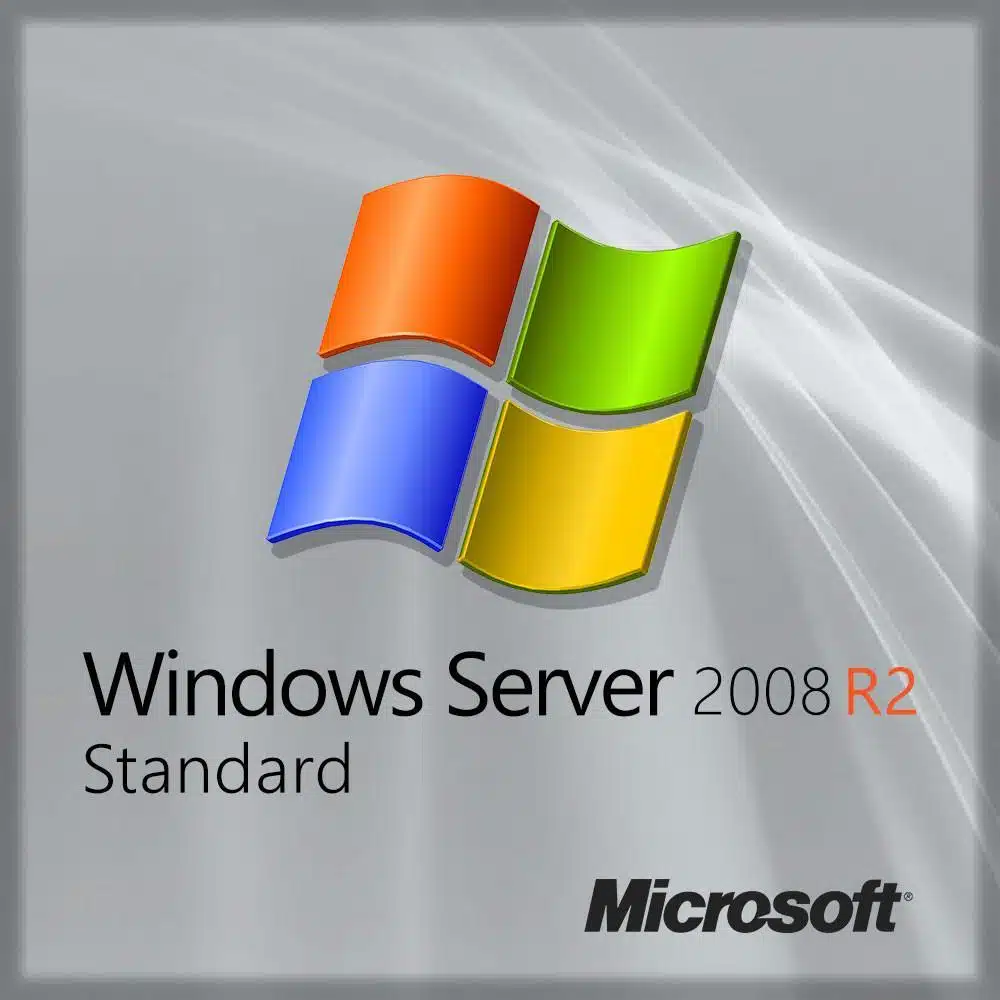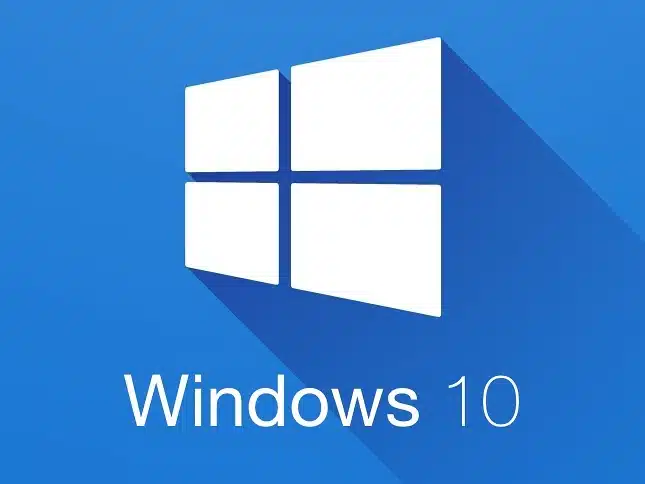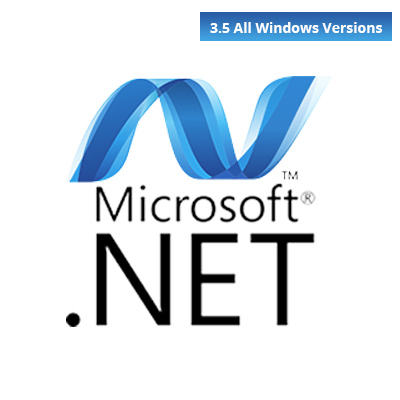SQLite is an in-process library that implements a self-contained, serverless, zero-configuration, transactional SQL database engine.
The code for SQLite is in the public domain and is thus free for use for any purpose, commercial or private. SQLite is currently found in more applications than we can count, including several high-profile projects. SQLite is an embedded SQL database engine. Unlike most other SQL databases, SQLite does not have a separate server process. SQLite reads and writes directly to ordinary disk files. A complete SQL database with multiple tables, indices, triggers, and views, is contained in a single disk file.
The database file format is cross-platform – you can freely copy a database between 32-bit and 64-bit systems or between big-endian and little-endian architectures. These features make SQLite a popular choice as an Application File Format. Think of SQLite not as a replacement for Oracle but as a replacement for fopen() If you need a GUI for database management, you can install NAVICAT. SQLite is a compact library. With all features enabled, the library size can be less than 300KiB, depending on compiler optimization settings. (Some compiler optimizations such as aggressive function inlining and loop unrolling can cause the object code to be much larger.) If optional features are omitted, the size of the SQLite library can be reduced below 180KiB.
SQLite can also be made to run in minimal stack space (4KiB) and very little heap (100KiB), making SQLite a popular database engine choice on memory constrained gadgets such as cellphones, PDAs, and MP3 players. There is a tradeoff between memory usage and speed. SQLite generally runs faster the more memory you give it. Nevertheless, performance is usually quite good even in low-memory environments.

































